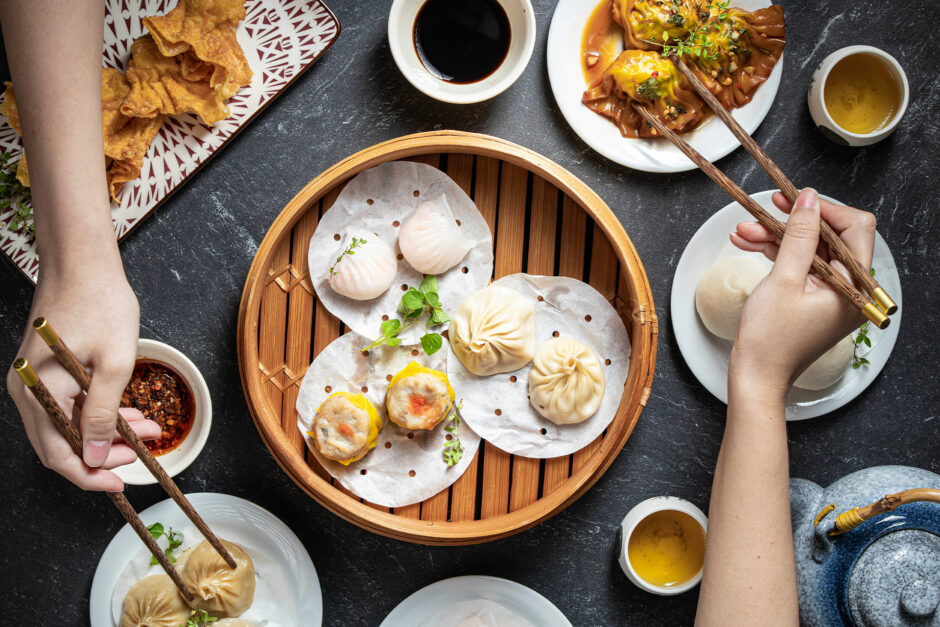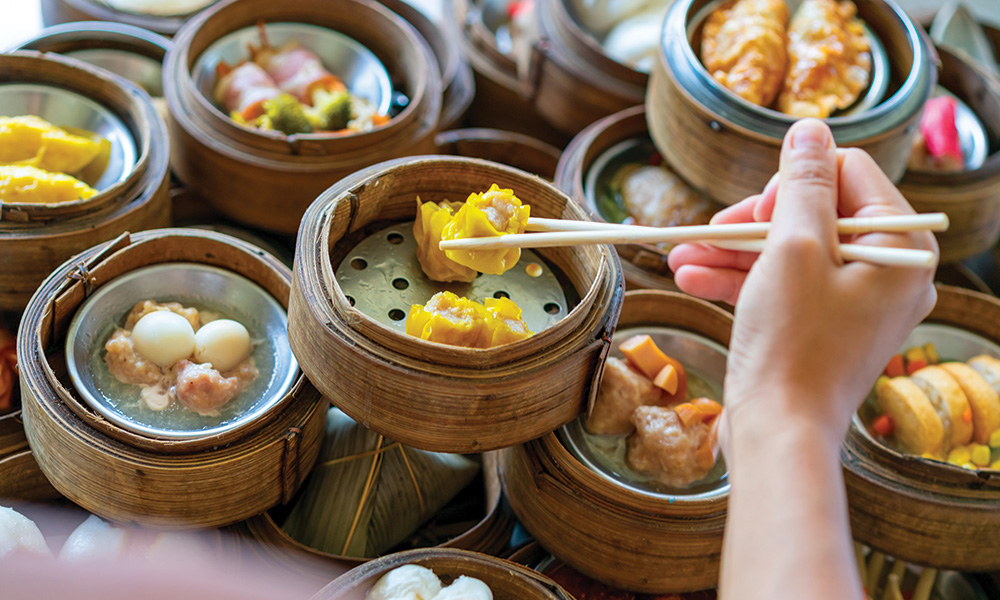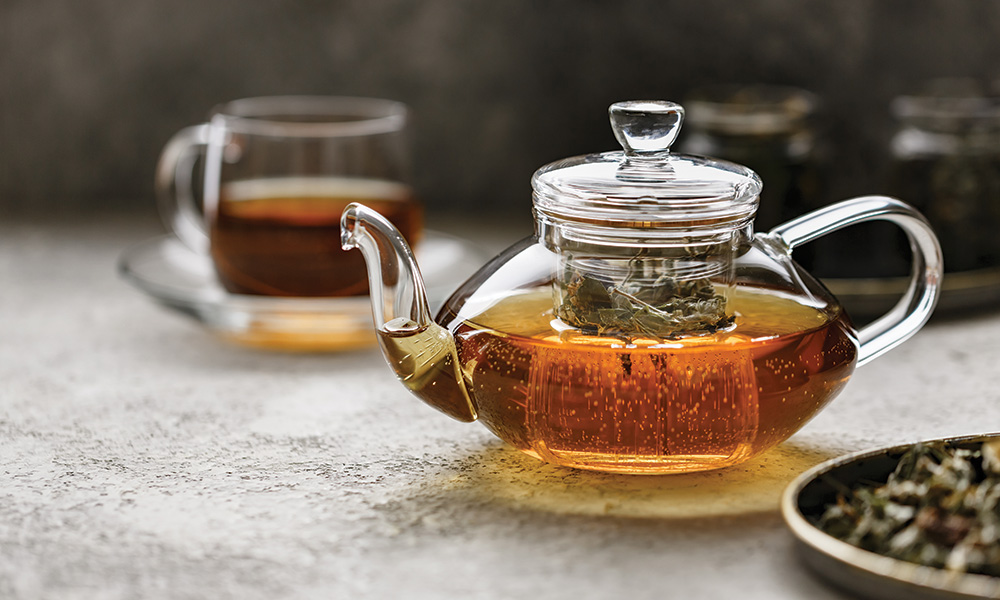Perk Up with 6 Tasteful Malaysian Drinks
Lighten your mood and rejuvenate your senses with 6 must-try Malaysian drinks!
Discover the authentic in Asian cuisine food

Food is more than just to fill our tummies, but also embodies a part of our culture and tradition. Food is also often the ‘conduit’ for friendships to form and loved ones to bond. One can say that Yum Cha is a distillation of these two aspects.
The term means ‘drink tea’ in Cantonese, and began as far back as the late 1700s when teahouses became the common folk’s daytime hangout spots to relax, chat and gossip. Steamed pastry morsels were also enjoyed along with the tea. These bite-sized treats are collectively called Dim Sum, which over the centuries have expanded into an array of steamed baos, cakes and dumplings, braised meats, fried delicacies, congee, and dessert soups, to be shared and savoured around the table. In the 1960s, as Hong Kong food culture spread to the global Chinese diaspora, dedicated Yum Cha restaurants mushroomed everywhere, and became a breakfast tradition with friends and family. In Australia, Yum Cha’s popularity picked up around the 1980s, and remains one of our favourite authentic Asian food cultures.

To Yum Cha is to chit-chat while sipping fine tea and savouring many flavours. Thus, few people would go to Yum Cha alone, and tables are usually meant for at least 3 to 4 people. These restaurants are often filled with lively chatters and appetizing aromas, instantly putting you in a social mood. So do bring friends or family with you!
Up to the late 1990s, fresh-cooked Dim Sum were placed in push carts according to category, and rolled between the tables for patrons to choose. Each table is given a single bill, and the push cart server would tick the patrons’ selections—to be paid at the cashier at the end of the meal.
While novel, you can imagine how push carts can take up space in a busy eatery. So they’ve become quite rare these days. Most Yum Cha diners now have menus, and you make your selection on your table’s bill, and hand it to the server. Some have QR menus to order from your phone as well.

Yum Cha teas are typically less bracing and more soothing, and functions as a social conduit, as well as palate cleanser between dishes. A fresh pot of hot tea is usually served before the food.
Popular teas include:
Bo Lei – a rich fermented black tea from Yunnan, China that pairs well with deep-fried and hearty Dim Sum dishes.
Tie Guan Yin – a Fujian oolong tea with a light floral aroma, velvety mouth-feel and sweet aftertaste.
Chrysanthemum – tea brewed from chrysanthemum flowers. Fragrant, subtly sweet, light and refreshing on the tongue and caffeine-free.
Jasmine – a blend of dried jasmine flowers and green tea. Light and mellow with a floral aroma.
When filling your teacup, always pour for others around the table before your own. This is a traditional show of care and respect for your Yum Cha buddies.
If someone else pours for you, thank them and tap the table twice beside your cup when they’re done—a practise believed to have originated from the imperial bodyguards for Emperor Qianlong, who reigned from 1735 to 1796. He loved to tour the country disguised as a commoner, and during one such visit to a teahouse, Qianlong poured tea for his entourage to keep his cover. The latter tapped the table twice to signify their bows of gratitude.
Need a refill for your pot? Leave the lid open and askew, as a sign for the server to bring hot water.

Sharing is a big deal in Chinese food culture. Because it’s nice to eat together, and everyone gets to enjoy the many flavours around the table. That’s why Dim Sum dishes in Yum Cha are all in bite-sized servings: you won’t get full so fast, and everyone gets a taste of everything. It’s also why Yum Cha is never a rushed affair. So, try not to gobble, and savour every dish.
Steamed delicacies are usually served in bamboo steamers, while fried goodies in plates. And each usually comes with a pair of serving chopsticks – these are meant to be shared as well, so use them to take the food to your plate, then return them to the dish for others.
Besides that, general chopsticks etiquette apply, so check out this guide if you need a refresher. Take just a piece of every dish and leave the rest for your table buddies. Always offer the last piece to others before you take it.

That’s pretty much all you need to know for an authentic and immersive Yum Cha session with your friends and loved ones. It’s really more of a relaxed buffet than a banquet or classy high tea. But guess what? You can also have your own Yum Cha brunch at home with our collection of Dim Sum recipes. To start, come have a taste of our top 20 faves! Curious about other Chinese tea types? Come check them out here!

Lighten your mood and rejuvenate your senses with 6 must-try Malaysian drinks!

Pair your hearty barbecues with these refreshing Asian delights!

What are the properties of ginger, and how to pick, store and use ginger in your cooking? Find out here!